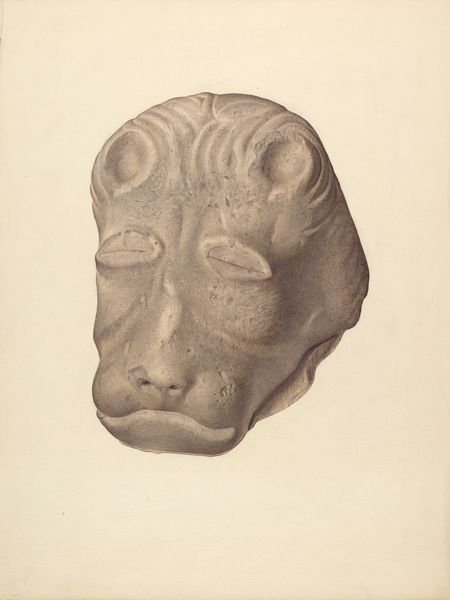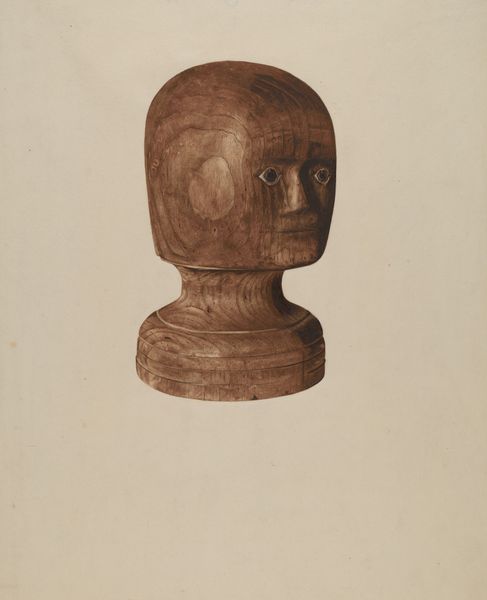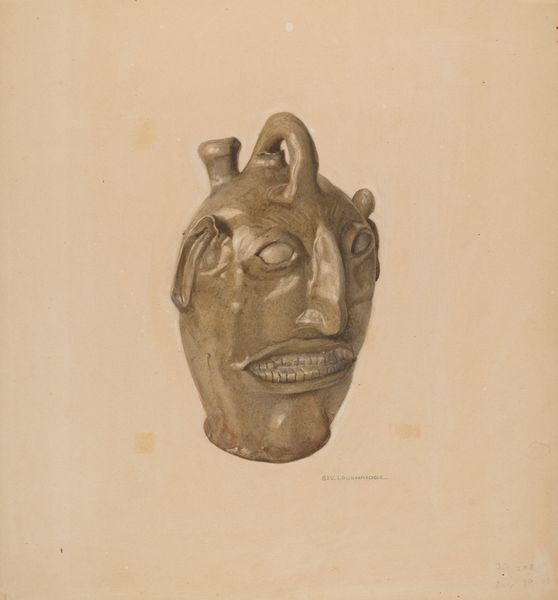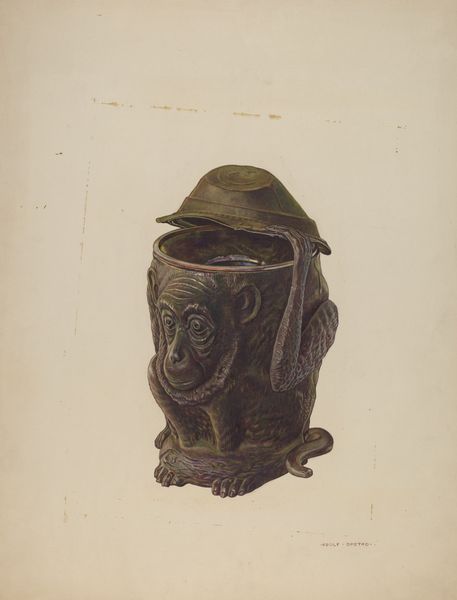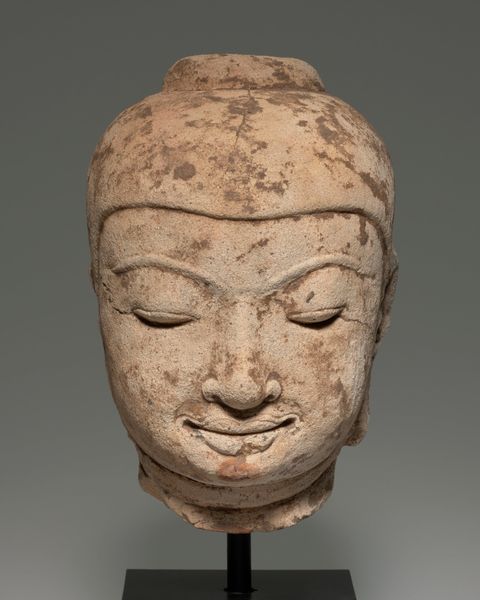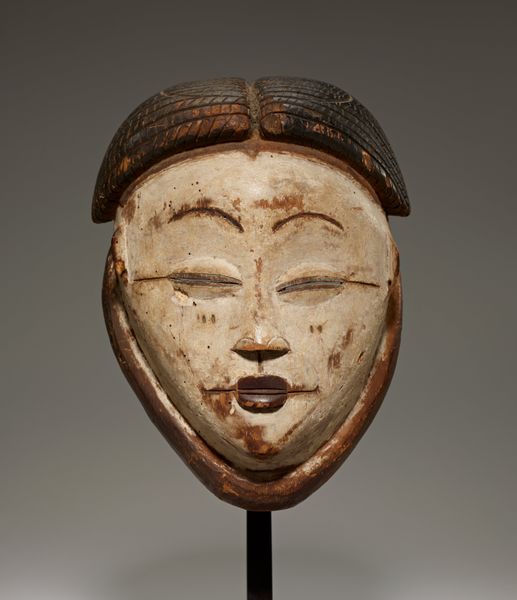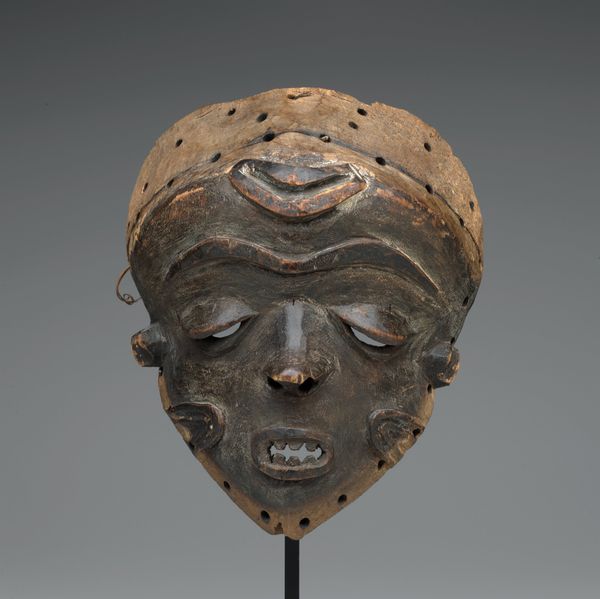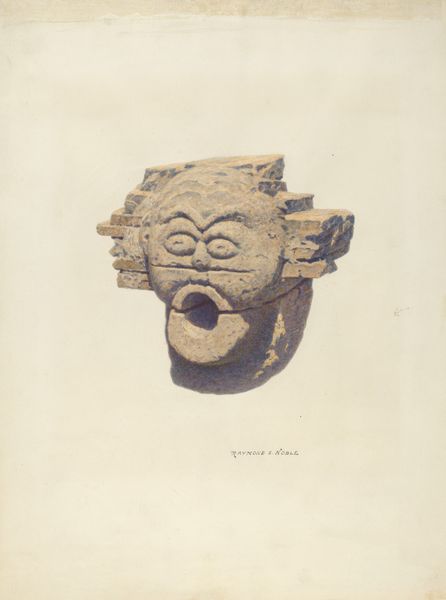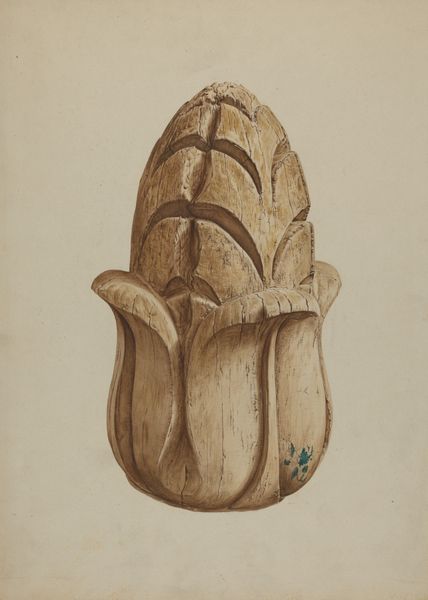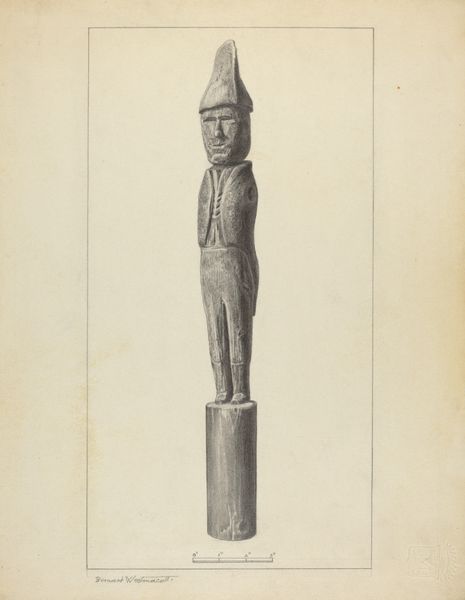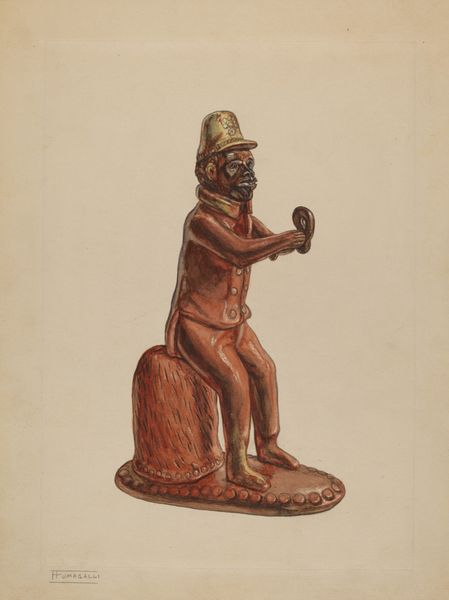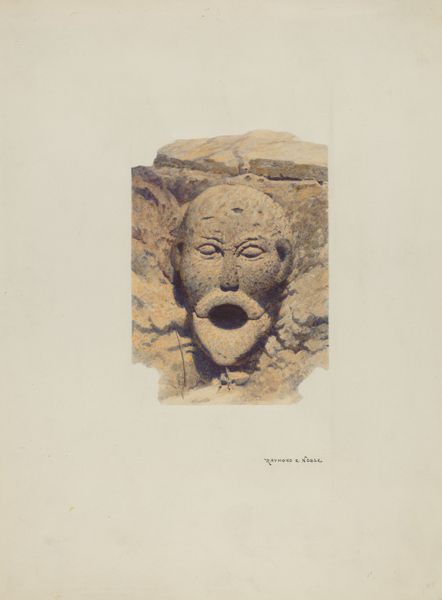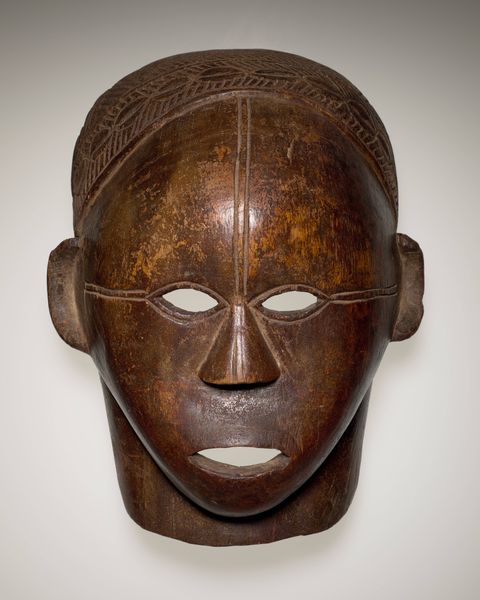
carving, sculpture, wood
#
portrait
#
carving
#
figuration
#
sculpture
#
wood
#
realism
Dimensions: overall: 35.6 x 24.5 cm (14 x 9 5/8 in.)
Copyright: National Gallery of Art: CC0 1.0
Editor: Here we have Cornelius Christoffels' "Carved Wooden Head" from around 1940. It’s a striking, somewhat solemn portrait. The rough texture of the wood contrasts with the smooth, stylized features. I’m really drawn to the apparent simplicity, but it also feels heavy, burdened. How do you interpret this work? Curator: That's an interesting reading. Considering Christoffels’s broader artistic milieu and the socio-political climate of the 1940s, this piece can be viewed through a lens of cultural identity and representation. Think about what it meant to portray a human head in wood at this time. Who do you imagine this head might represent? Editor: Hmm, it’s not clear. Is it supposed to be a specific person? Or is it more symbolic? It doesn't look particularly European, but it’s hard to say definitively. Curator: Exactly. This ambiguity is key. Many artists of this period engaged with primitivism, drawing inspiration from non-Western art. Carving, in particular, offered a connection to earlier forms of cultural expression and craftsmanship. It almost has an archaeological feel, like uncovering a relic. Editor: So, by using wood and carving, Christoffels might be referencing a broader artistic and cultural history outside of the traditional Western canon? It feels almost like a critique. Curator: Precisely. And think about the public role of art during this era. The Second World War was raging; questions of identity and power were central. This carving, displayed in a gallery, would invite viewers to contemplate those very questions, potentially challenging conventional representations and hierarchies. What do you make of the way it's displayed? Editor: I see it’s hung by a chain, so perhaps as a pendant, or maybe suggesting captivity or control? This really shifts my perspective. I initially saw it as a simple portrait, but now I realize it's much more layered. Curator: Yes. Art doesn't exist in a vacuum. Understanding its historical and social context enriches our appreciation immeasurably. I think it’s very important to understand that history isn’t some sort of “objective” truth. Editor: I agree completely. Thanks.
Comments
No comments
Be the first to comment and join the conversation on the ultimate creative platform.
